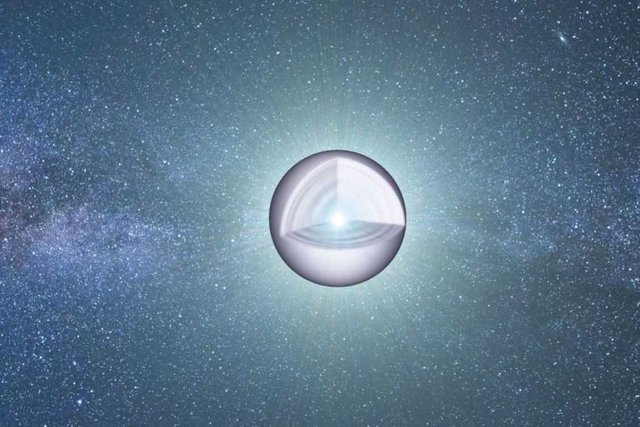"Star seismography" allowed to study the internal structure of the white dwarf KIC08626021. It was found that its dimensions do not fit into the predictions of the theories of stellar evolution. If observations are confirmed, astronomers will need to clarify the existing models of growth and death of stars. Scientists write about this in an article published by the journal Nature.

Small and medium stars in the late stages of their life become swollen red giants. This will become in a few billion years and the Sun: for the formation of a neutron star or a black hole, they lack mass, and at the end of their evolution the red giants drop outer shells, turning into white dwarfs. In fact, these are bare superdense nuclei, in which thermonuclear reactions have already ended. The white dwarf KIC08626021, located 1375 light years from Earth, was investigated using the Kepler space telescope.
Observations of vibrations KIC08626021 allowed to conduct its "seismological" survey and by the nature of oscillations consider the internal structure of the interior of the white dwarf. It was shown that its central homogeneous nucleus has a mass of about 0.45 times the mass of the Sun and 86% consists of oxygen. The work of Canadian astrophysicist Gilles Fontaine (Gilles Fontaine) and his colleagues have already been called the "stunning foundation" of the theory of stellar evolution. And this is not surprising: the figures obtained are 40 and 15 percent larger than, in principle, the existing models of white dwarf education.